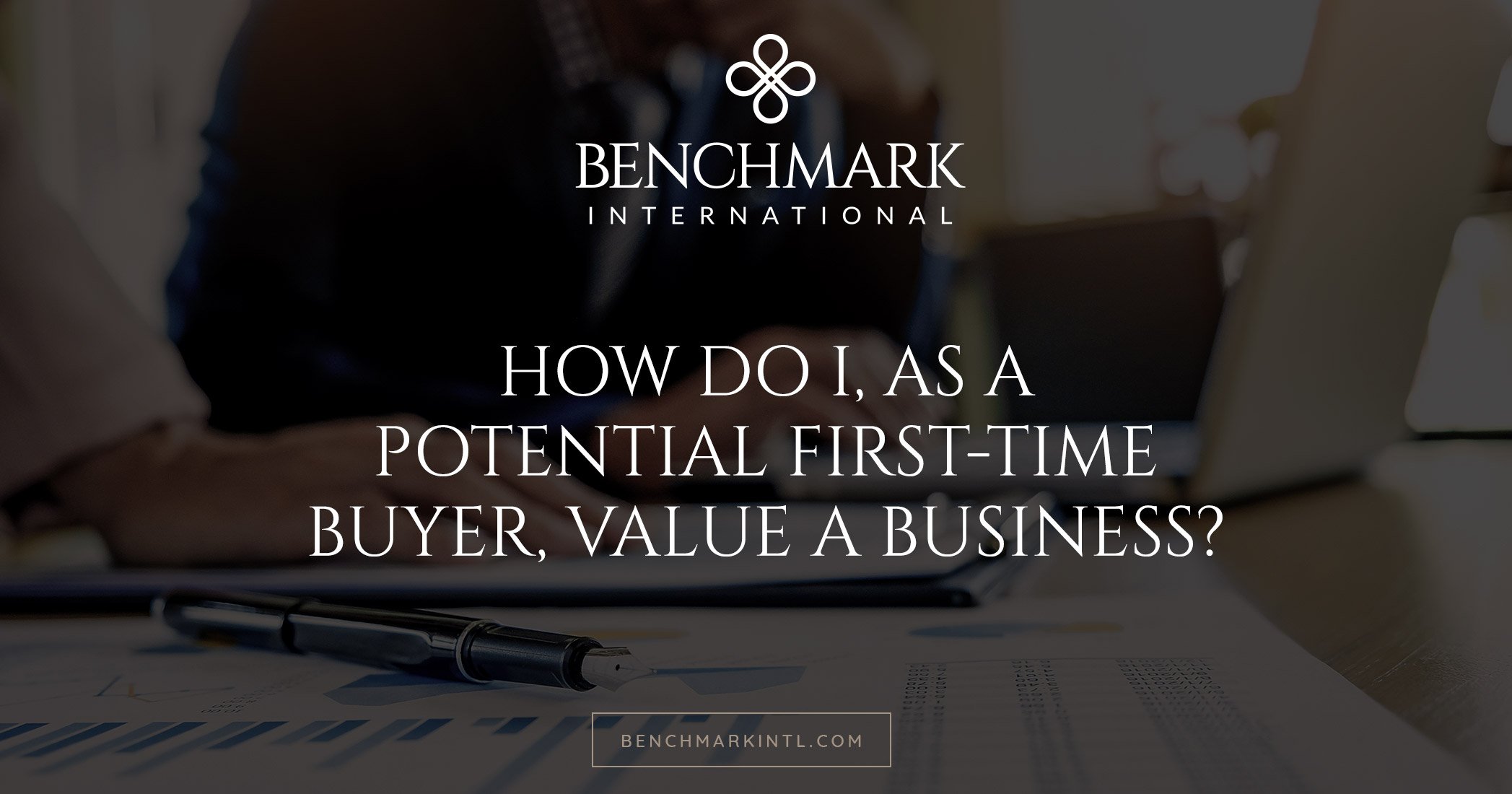How long after I learn of an opportunity will I be expected to submit an offer?
The timing that the offer is first seen does not really play a role in setting any timing expectations. The more precise question might be, “How long will I have to put in an offer before the opportunity is lost?” Some opportunities come to market with a fixed timeline leading to a formal auction process. In this case, you would be notified of that deadline and, if you found the teaser early in the process, you would have plenty of time. This is unless you came across it later on that same timeline. In other cases, and what is more often the case for businesses in the lower-middle markets, no timelines are set. A business may be on the market one day and gone the next. There really is no way to make a prediction.
How long does a business spend planning to go to market?
Some sell-side advisors spend months or even years “grooming” their clients for the market. They attempt to ensure all the low-hanging fruit in terms of improvements to profitability is addressed before you see the business. Benchmark International’s approach is different. Our pre-marketing work focuses on getting to know our client’s business and preparing the information you need to make an informed decision rather than guessing what improvements you would like to see and then encouraging our clients to spend money on projects that you may or may not value highly. Our clients work with us for two to three months on average before coming to market. We would like to shorten that time period but our clients are typically owner-operators and, as they say, “They already have a day job.”
After I see a teaser, express interest and sign an NDA, how long should I expect to wait for the next data dump?
The next round of data should come in the form of a Confidential Information Memorandum, also called a private placement memo, a CIM, a PPM, or a “book.” The process of getting your NDA to a client and obtaining the client’s approval to share this information should take about three business days.
After receiving a Confidential Information Memorandum, what is my expected response time for expressing further interest or asking additional questions?
There is no set rule here. Buyers are typically looking at multiple opportunities, comparing one to the other and then prioritizing them. The sooner you reply, the lesser the chance the company has gone off the market and the keener your interest will appear to the seller, so sooner is better than later. Aggressive buyers typically reach back out to us within three business days of sending the CIM and, if we have not heard back within one week, we follow up.

How long should I have to wait to have a call or meeting with an owner?
Setting a date for an initial call or meeting should be almost instantaneous. When that exchange actually happens will depend on the parties’ schedules. Phone calls are typically held within a week of the buyer’s request. Timing face-to-face meetings depends on the distance between the parties, the time of year, and other factors, but is usually accommodated within two weeks of the request.
How long does a first call typically take?
These are generally scheduled for one hour.
How long does a first visit typically take?
This will depend on how much information has been shared prior to the meeting and where the buyer and seller are in the process at the time that the initial meeting occurs. These meetings tend to be much longer than calls, up to four hours, and often involve going to a meal together.
How long after speaking with or visiting with the seller do I have to put in an offer?
Unless a formal process has been put in place and announced, there are no rules here. As mentioned above, companies go off the market and quicker responses convey a stronger interest. It is more important that you have the right amount of information before submitting an offer. You need to be comfortable standing behind the offer, and the seller needs to be comfortable that you understand the business, otherwise the offer isn’t worth the paper its printed on. Unless there is a formal deadline, offers should not be rushed. Take as much time as you need and put forth a detailed offer that hits as many of the seller’s points of interest as possible.
How long does it take to get an offer (or letter of intent) signed?
Absent a formal deadline, we typically see letters of intent (or “LOIs”) go back and forth for about two weeks. Sellers rarely accept a first offer and, even if the terms were acceptable, there are always questions to be addressed and additional details to be added at the request of the seller. The seller should respond to your initial offer in a matter of days, perhaps three to five, but you should budget two to three weeks to get the details ironed out.
How long does it take from signing the LOI to closing?
This is almost always in the buyer’s hands. Working with a well-represented seller can help speed up the process. At Benchmark International for example, we run online data rooms for all of our clients, we hold weekly calls, we shepherd the diligence requests back and forth ensuing nothing falls through the cracks, and we push the seller for timely responses when necessary. As the buyer typically prepares the first draft of the definitive agreements, whether you decide to complete diligence first and then have the attorneys start drafting, or if you do the two simultaneously will be the single largest factor in determining timing. How much due diligence you have performed and how well you control your due-diligence providers and attorney will be the second most significant factor. All that said, we see parties aiming to close deals within 90 days of signing the LOI, though that timing sometimes slips.
I am using debt for the acquisition. What impact will my lender have on timing?
If you handle it well, run your offer by the lender before providing it to the seller, and are not asking them to do something they are uncomfortable with; they should not add time. Unfortunately, many buyers are unable to meet these expectations and the lender often becomes the long pole in the tent in terms of timing. A buyer’s inability to get the debt financing lined up can stretch on for months. These delays are what most often kill deals with our clients. If you have any concerns about timing, the most important step you should take is to get your debt financing relationship(s) in line early in the process— perhaps before you even start looking at acquisition targets—and keep your potential debt provider(s) in the loop as the process progresses, constantly obtaining reassurances from them that the deal you are working on is “fundable.”
READ MORE >>
 Benchmark International
Benchmark International  Benchmark International
Benchmark International 









































